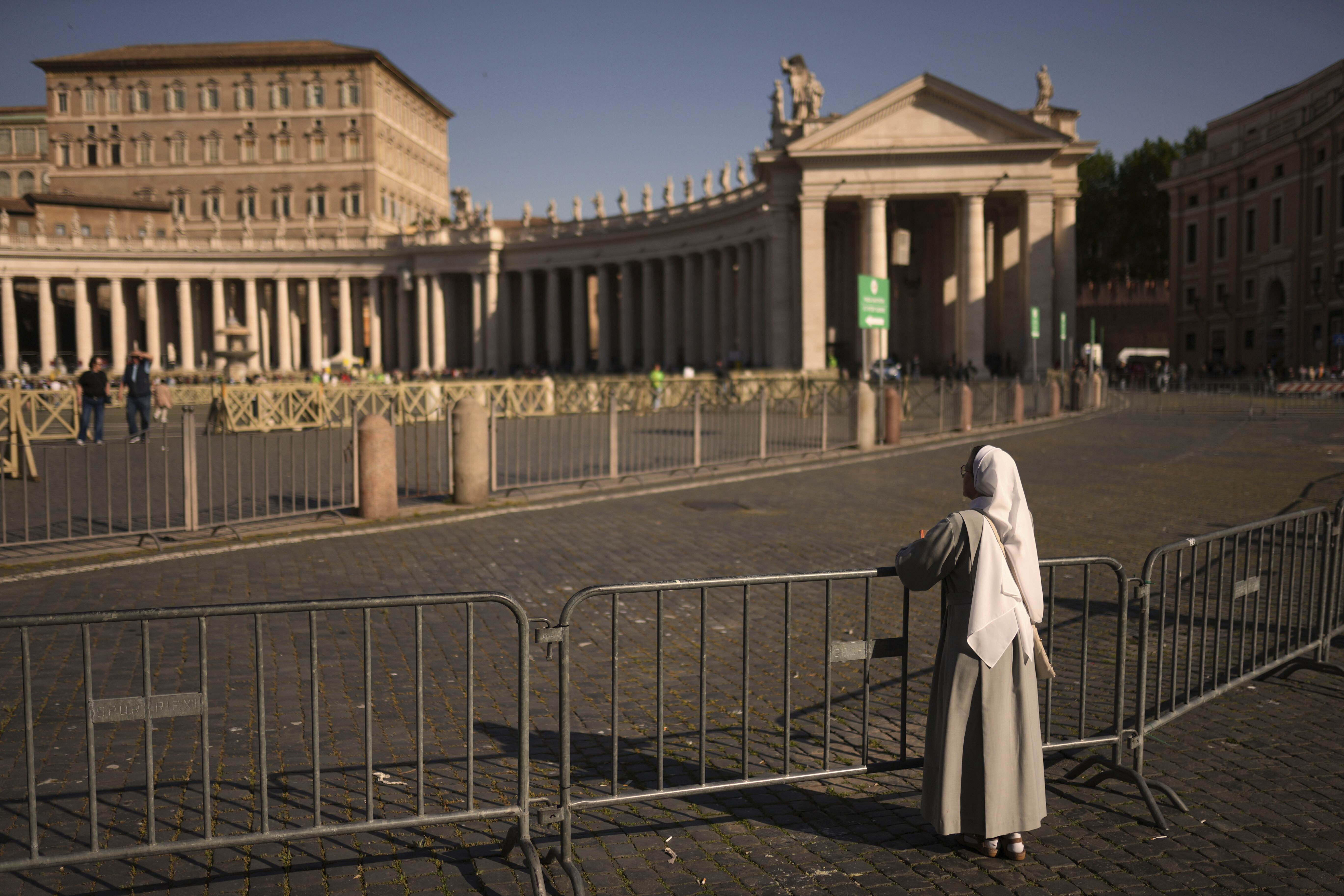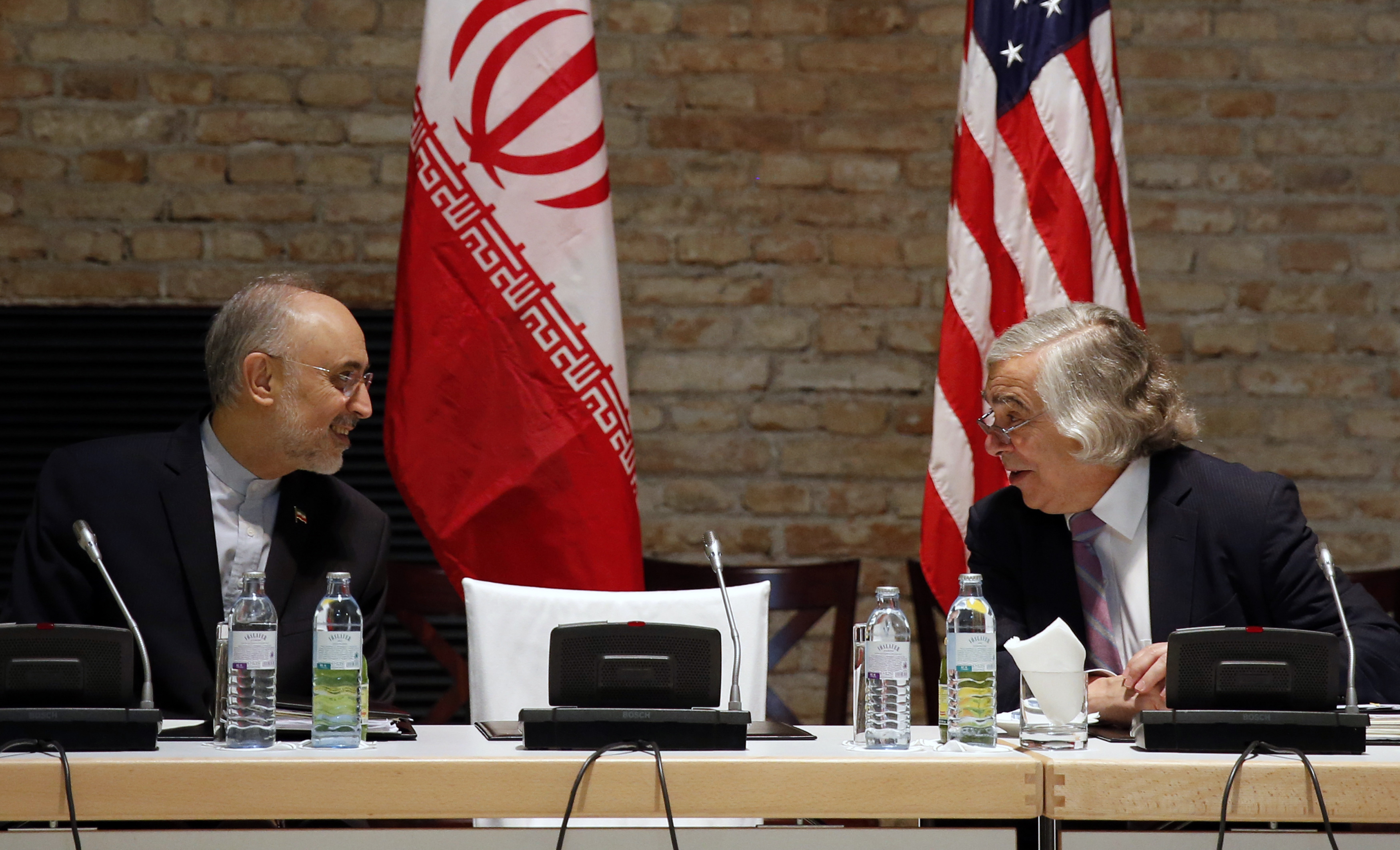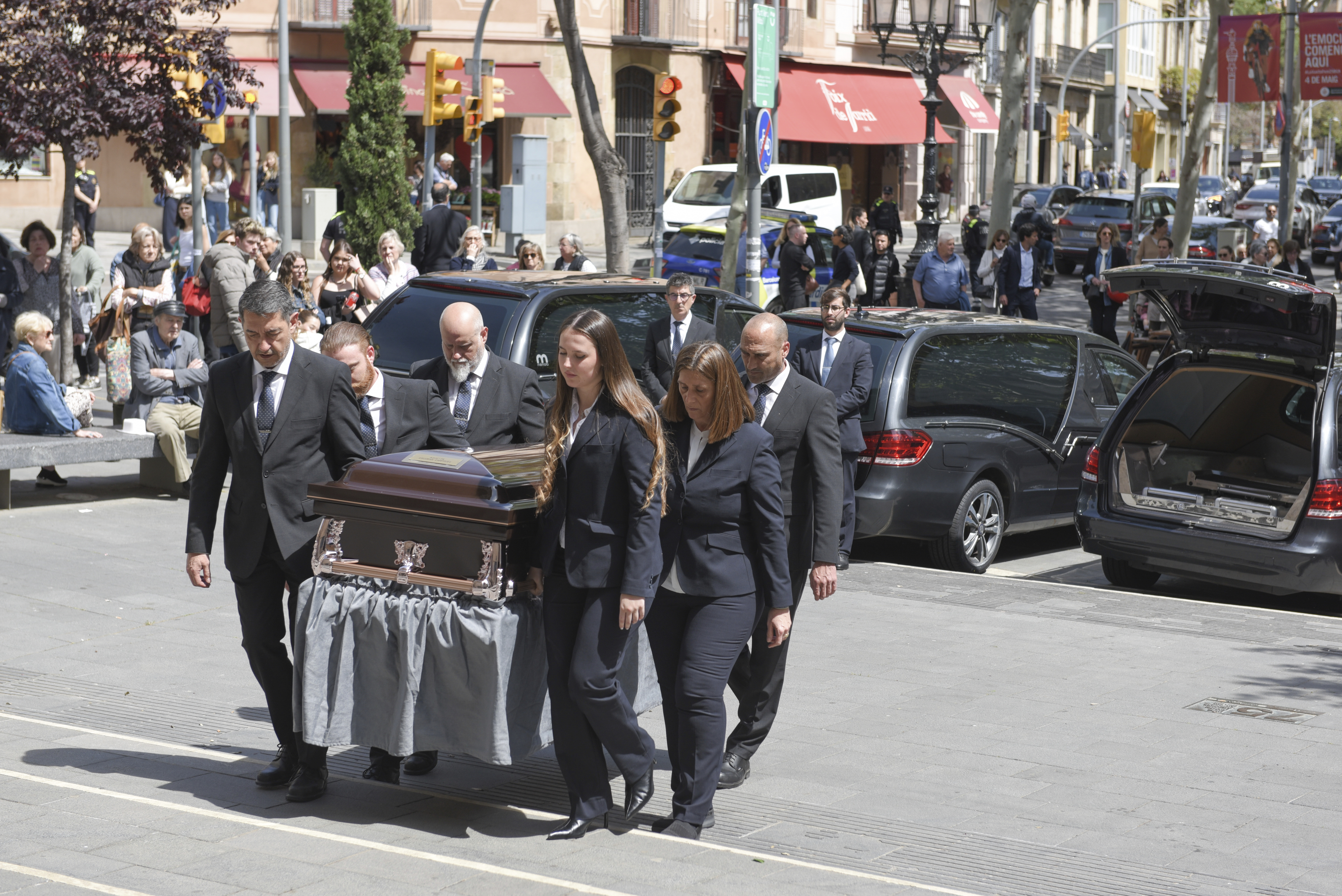WASHINGTON — During his opening remarks at the annual National Fraternal Order of Police, Attorney General Jeff Sessions announced the President is issuing an executive order aimed at keeping our law enforcement officers safe.
“[President Donald Trump] is rescinding restrictions from the prior administration that limited your agencies’ ability to get equipment through federal programs, including life saving gear like Kevlar vests and helmets and first responder and rescue equipment like what they’re using in Texas right now,” Sessions told attending officers.
Under the Obama administration, the government restricted agencies’ access to the gear — which includes everything from bullet-proof vests, riots shields, firearms, ammunition, helicopters, armored vehicles, helmets, first responder equipment and rescue equipment among others —amid outcry over police use during protests.
This equipment, once discarded by the military, would typically be scrapped. President Trump’s order allows it to be “repurposed to help state, local and tribal law enforcement better protect public safety and reduce crime,” according to documents obtained by the Associated Press.
“Some of these programs, like the Department of Defense’s 1033 program that Congress signed into law more than 25 years ago, have recycled more than $5.4 billion in used gear and equipment that taxpayers had already purchased,” added Sessions Monday.
The changes would be another way in which President Trump and Sessions are enacting a law-and-order agenda that views federal support of local police as a way to drive down violent crime.
National police organizations have long been pushing the President to hold his promise to once again make the equipment available to local and state police departments, many of which see it as needed to ensure officers aren’t put in danger when responding to active shooter calls and terrorist attacks. An armored vehicle played a key role in the police response to the December 2015 mass shooting in San Bernardino, California.
President Trump vowed to rescind the executive order in a written response to a Fraternal Order of Police questionnaire that helped him win an endorsement from the organization of rank-and-file officers. He reiterated his promise during a gathering of police officers in July, saying the equipment still on the streets is being put to good use.
“In fact, that stuff is disappearing so fast we have none left,” Trump said.
The NAACP Legal Defense Fund said in a statement Sunday night that it is “exceptionally dangerous and irresponsible” for the administration to lift the ban.
“Just a few summers ago, our nation watched as Ferguson raised the specter of increased police militarization. The law enforcement response there and in too many places across the country demonstrated how perilous, especially for Black and Brown communities, a militarized police force can be,” the LDF said.
“The President’s decision to make this change in the wake of the tragedy in Charlottesville and against a backdrop of frayed relations between police and communities of color further reflects this administration’s now open effort to escalate racial tensions in our country,” the organization said.
The documents, first reported by USA Today, said President Trump’s order would emphasize public safety over the appearance of the heavily equipment. They describe much of the gear as “defensive in nature” intended to protect officers from danger.
Most police agencies rarely require military equipment for daily use but see a need to have it available, said Chuck Wexler, executive director of the Police Executive Research Forum.
“It is hard to imagine any situation where a grenade launcher or bayonet would be something that a major police department would need, but defensive shields and armored vehicles kept on reserve will be welcome,” he said.
Sessions has said he believes improving morale for local law enforcement is key to curbing spikes in violence in some cities. The plan to restore access to military equipment comes after Sessions has said he intends to pull back on court-enforceable improvement plans with troubled police departments, which he says can malign entire agencies and make officers less aggressive on the street.








